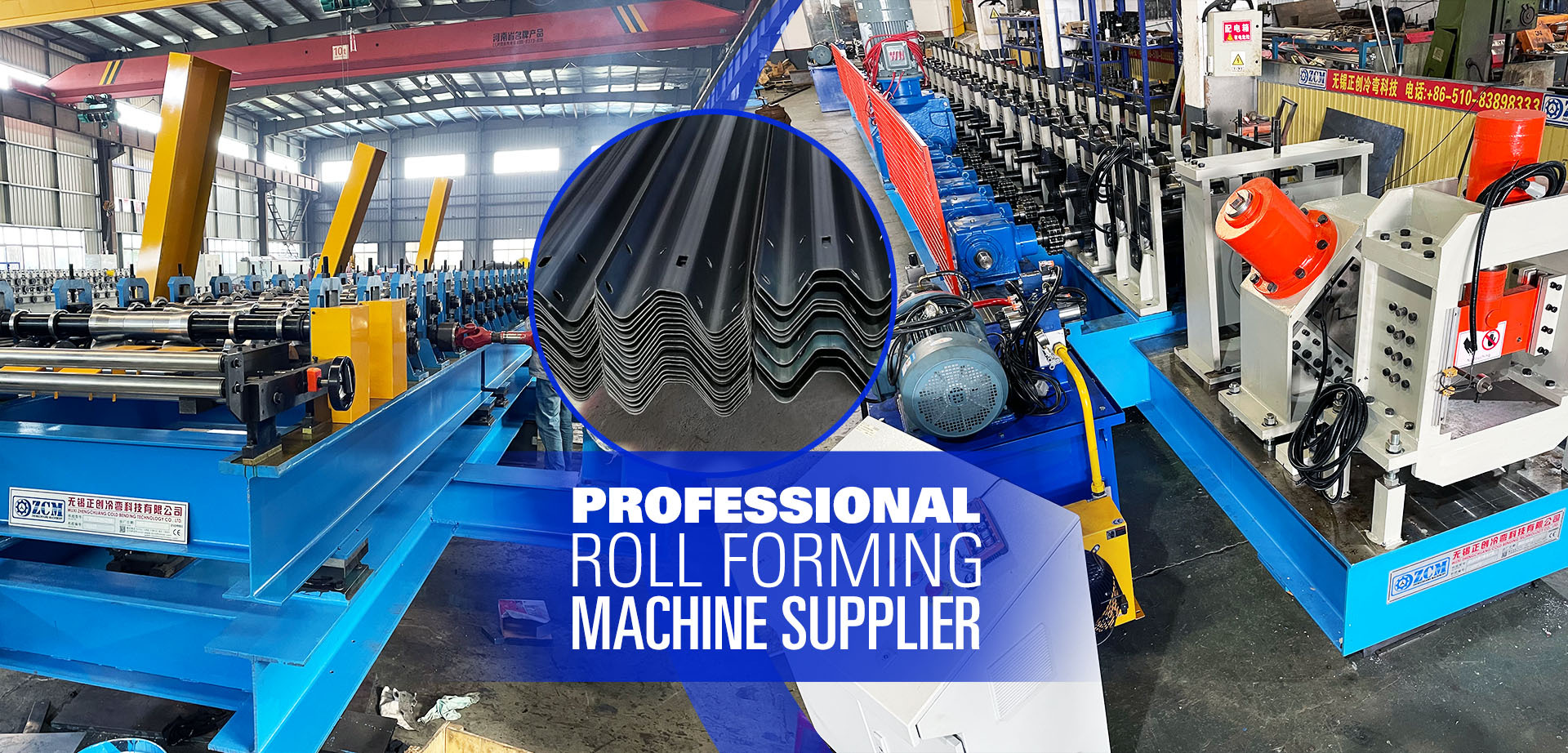Navigation Menu
Contact Us
- Email:
- info@wxavatar.com
- Address:
- Yurong Village, Yuqi Street, Huishan District, Wuxi, China.
Release Date:Jul 14, 2025 Visit:41 Source:Roll Forming Machine Factory
The solar energy sector has seen significant growth in recent years, and with it, the demand for efficient manufacturing equipment has increased. Solar stand roll forming machines, which produce the metal supports for solar panel installations, have undergone notable technological improvements. These advancements have enhanced production efficiency, precision, and adaptability to different project requirements.

1. Improved Automation and Control Systems
Modern solar stand roll forming machines now incorporate advanced automation features. Computerized control systems allow for precise adjustments in roll forming parameters, reducing manual intervention. Programmable Logic Controllers (PLCs) and Human-Machine Interfaces (HMIs) enable operators to monitor and adjust production settings in real time, improving consistency and reducing errors.
2. Higher Production Speeds and Efficiency
Recent upgrades in motor and drive systems have increased the operational speed of roll forming machines. High-performance servo motors and optimized gear mechanisms contribute to faster production cycles while maintaining accuracy. Some machines now feature quick-change tooling systems, allowing manufacturers to switch between different solar stand profiles with minimal downtime.
3. Enhanced Material Handling Capabilities
Newer models integrate improved feeding and straightening systems to handle a wider range of metal coil materials, including galvanized steel and aluminum. Automated coil loading and cutting mechanisms ensure smooth material flow, reducing waste and improving overall productivity.
4. Precision Engineering for Better Fit and Durability
Laser-guided alignment systems and precision rollers ensure that formed solar stands meet exact specifications. Tight tolerances in the forming process result in components that fit securely during installation, reducing the need for adjustments on-site. Additionally, some machines now include in-line punching and notching functions, further streamlining production.
5. Remote Monitoring and Predictive Maintenance
With the integration of IoT (Internet of Things) technology, manufacturers can remotely monitor machine performance. Sensors collect data on wear and tear, allowing for predictive maintenance before major issues arise. This reduces unplanned downtime and extends the lifespan of the equipment.
6. Adaptability to Various Solar Stand Designs
As solar mounting systems evolve, roll forming machines have become more versatile. Adjustable roller sets and modular designs enable manufacturers to produce different types of solar stands—including ground mounts, roof mounts, and carport structures—without requiring entirely separate production lines.

Conclusion
The advancements in solar stand roll forming machine technology have significantly improved manufacturing capabilities. With better automation, higher speeds, precision engineering, and smart monitoring features, these machines help manufacturers meet the growing demand for solar infrastructure efficiently. As technology continues to progress, further refinements in speed, flexibility, and reliability can be expected.